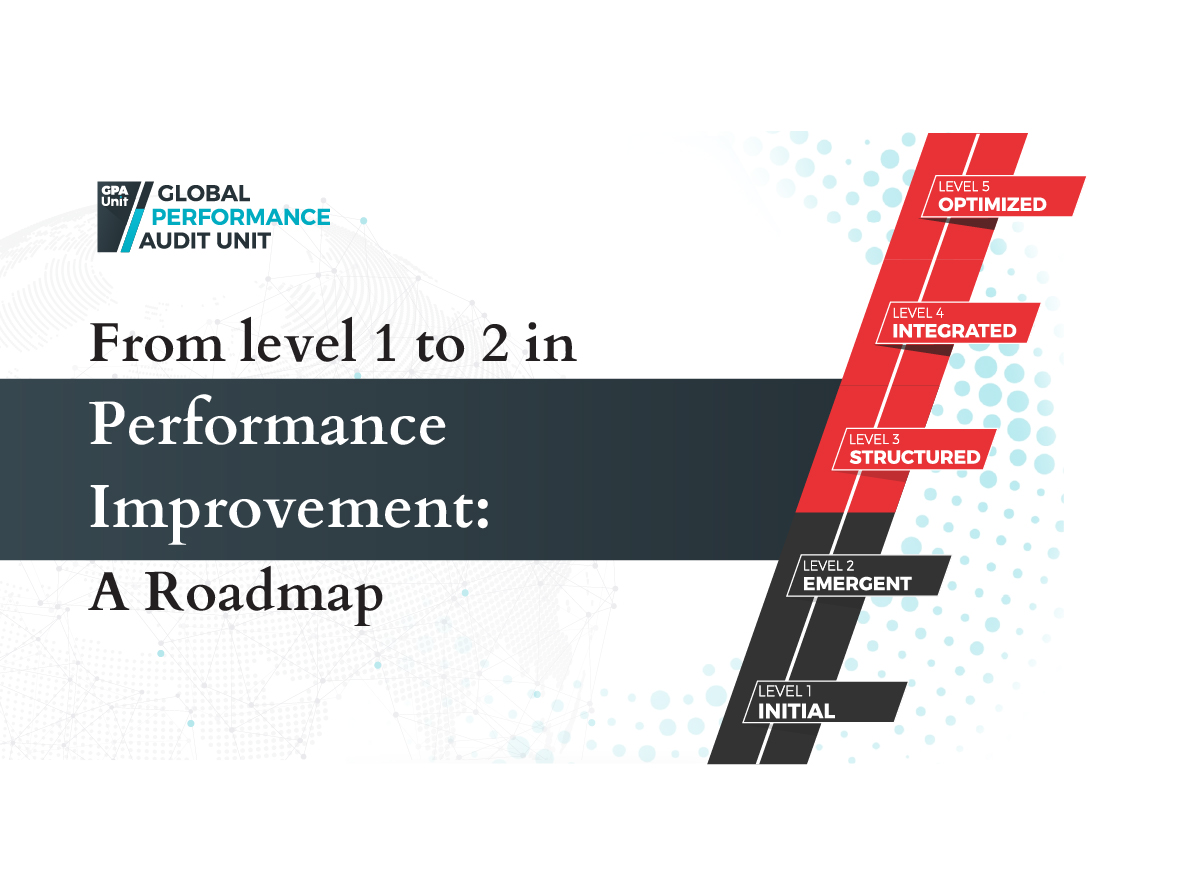Collective Feedback in Action: How Performance Management System Maturity Assessments Drive Organizational Growth

A Performance Management System (PMS) maturity assessment serves as a strategic guide that aligns performance management practices with the organizational reality. In this light, maturity is evident in how the management structure is built, how tools and techniques are implemented, and how internal performance management processes are developed and utilized. Much like how individual feedback influences an employee’s self-perception and motivation, the maturity assessment of a PMS can profoundly shape an organization’s trajectory by evaluating where they currently stand and offering targeted recommendations on where they should be.
The impact of collective feedback on investors and employees
A PMS maturity assessment does more than assess current capabilities; it acts as a mirror, reflecting the organization’s commitment to growth and excellence. This type of evaluation helps organizations identify gaps, set priorities, and create a roadmap for advancing performance management practices.
Hence, the assessment can provide a complete view of the organization's performance management setup, serving as collective feedback. It evaluates how well the organization has built its performance management framework, similar to how personal reviews highlight individual strengths and areas for improvement in certain areas.
One of the primary impacts of such collective feedback on the performance mechanisms of an organization is its role in fostering collective learning. This openness to learning is crucial for stakeholders, particularly investors and employees. They rely on the organization’s ability to learn from past performance to predict future success. A company that demonstrates a robust feedback culture is more likely to innovate and remain competitive, which, in turn, can increase investor confidence and attract further investment.
When an organization receives external feedback on its performance management practices, it benefits from an unbiased perspective that can uncover issues employees may have been aware of but felt powerless to address. For instance, if the external assessment identifies that the performance management system is overly complex, lacks consistency, or fails to provide actionable insights, the organization can simplify processes, enhance transparency, and ensure that performance reviews are meaningful and constructive.
This external validation and subsequent organizational response can significantly improve employee morale and trust in the performance management system. Employees are more likely to engage with a system they perceive as fair, transparent, and effective.
Furthermore, the changes prompted by the assessment can lead to better-aligned development programs, clearer career progression pathways, and a more supportive work environment. When employees see that their organization is willing to invest in and improve its performance management practices based on objective feedback, it signals that creating the right conditions for employees is a priority. This not only enhances employee satisfaction and motivation but also contributes to a culture of continuous improvement and high performance.
Addressing the impact of extensive recommendations
While a PMS maturity assessment offers valuable insights, receiving extensive and complex recommendations can be challenging for organizations with low maturity levels. When faced with numerous improvements to implement, employees may feel discouraged, leading to frustration, resistance to change, and decreased morale. This negative behavior can arise when the recommendations seem too difficult to address with the organization’s current capabilities and resources.
To address these challenges, it is important for organizations to implement recommendations from a PMS maturity assessment gradually. Selecting an assessor who breaks down the recommendations into clear, manageable phases is key to avoiding overwhelm. By focusing on critical areas first and aligning the recommendations with the organization's current maturity level—whether moving from level 1 to 2 or 4 to 5—the organization can progress steadily without putting too much pressure on its workforce.
A step-by-step approach not only makes changes easier to handle but also helps keep employees engaged and motivated. Setting allows the organization to see progress and turn the recommendations into a series of attainable improvements that lead to long-term success.
When collective feedback is delivered professionally, structured effectively, and approached with compassion, it empowers organizations to grow and succeed, building a culture of continuous improvement that benefits all stakeholders.
| DATE | September 05th, 2024 |
| Category | Blog Posts |
| Reading Time | 6 |




